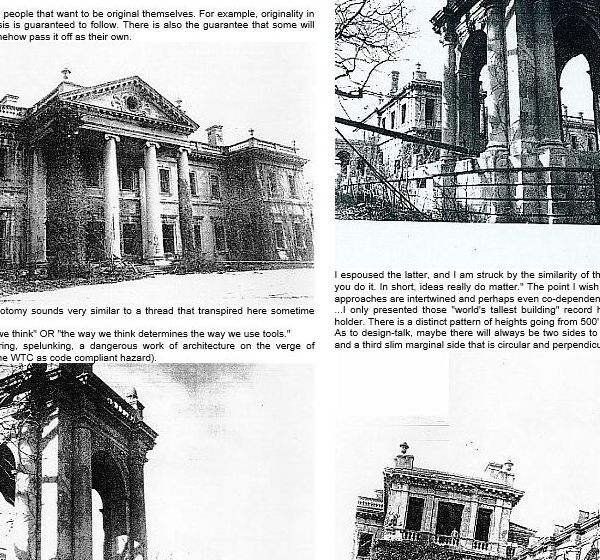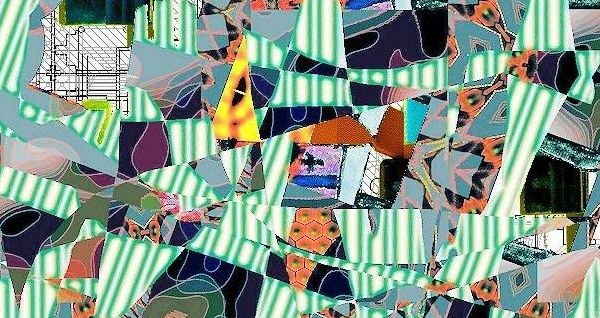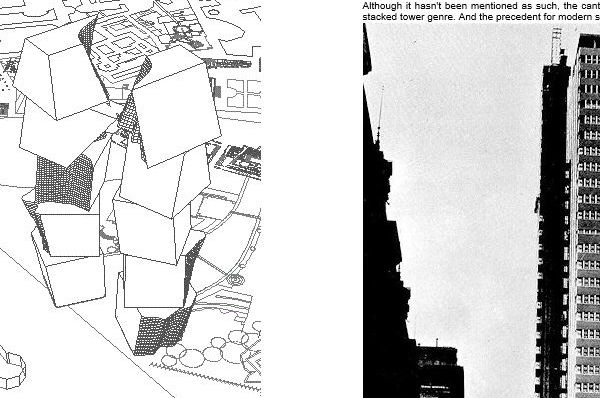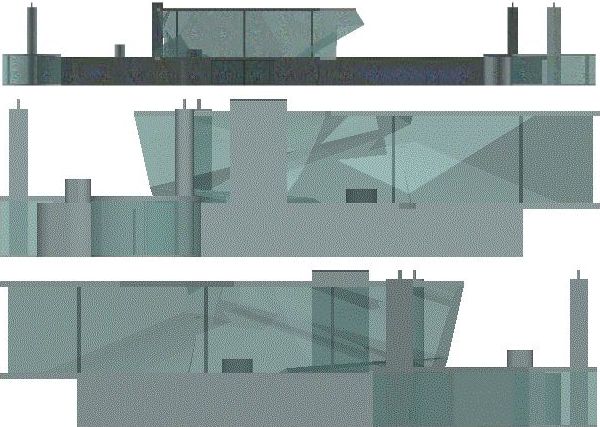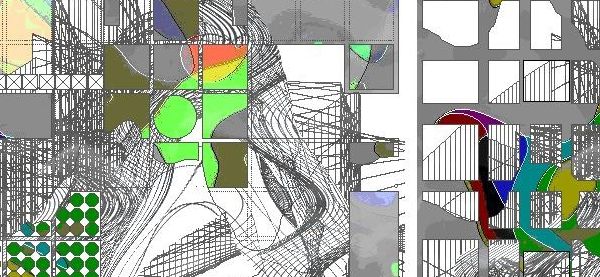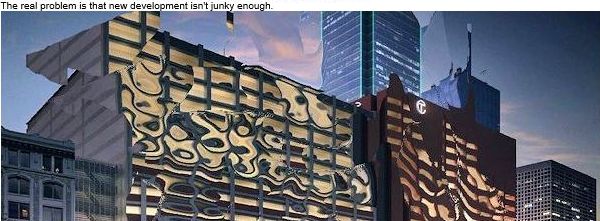working title museum | the architecture of being... virtual fog |
"Public spaces and buildings accessible to all, fair distribution of urban systems, health and educational services, public transportation, homeless sheltering, walkability of streets, architecture which compliments social equity, well-being and public engagement." stop being such a baby . . . obviously it's too sophisticated for you Perhaps one of the drawbacks of the 'being-there-right-as-it-happens-history' of today's culture is that the sense of continuum is no longer as evident as it was in former times. With everything "new(s)' being automatically understood as 'of this very moment', the sight of 'events' being part of a much larger continuum is easily lost. Interestingly, 'being anal' is its own type of decadence, isn't it? I thought he was being friendly, so I waved back and continued to stroll. Non-decadence is more just being in the middle range. So, it's yourself that you're annoyed with for being annoyed with me. Over a decade ago now I discussed the notion of art being appositional to architecture, and also, back then, the notion of architecture being a delivery of content, yet I never associated the 'applied' art and 'content' as then also manifesting a type of museum. It seems KPF took a sophisticated indexical approach to "evoke a sense of speed and movement" rather than a simplistic iconic approach to "evoke a sense of speed and movement" by being a likeness to an aero-dynamically designed auto body (which would actually more evoke a sense of friction reduction so the building can then move faster[!?]). No one was ever able to tell me why it was done this way, but I've later (in life) surmised it had something to do with infant mortality at birth or soon after being much more common in centuries past, and when an infant survived at least one day, then you registered the birth with the Church. And, sadly, no where in this thread do I see architecture being judged based purely on the work. haruki, your response to Xenakis implies that Ingels and Prince-Ramus were fearless in presenting their ideas because of their being "good looking monied white boy[s] that everyone wants to fuck" rather than their ideas, ie their work, being that good all on its own. Nor is there any real evidence that being a "brand" limits one's work from "finding real depth." When the internet was new there was a real sense of it being a place of unlimited possibilities. There are a lot more substantial things to measure Ingels' worth and success than his merely being "good at" publicity. I wonder if there's every any architectural criticism that winds up being more interesting than the criticized building itself. My first comment--I wonder if there's every any architectural criticism that winds up being more interesting than the criticized building itself--was made because the building remained much more interesting that any of the comments up to that point, except Nam's "Plus, while the tower may seem overbearing within the context of the other brick buildings from some views, within the context of the adjacent highway/slope it seems more appropriate somehow..." You tried very hard to render my critique invalid, and I want it understood that you are wrong about my critique being invalid. Note column B comprises the design operations of being human itself. The setting in the video reminded me of being in Australia--something about the light and the view in the background. artificial : made or produced by human beings rather than occurring naturally, typically as a copy of something natural There are also things that human beings make naturally, like bodily fluids, digestive waste, skin tissue, offspring, etc., and perhaps even thoughts, memories, imagination can be considered natural human production. Now, thinking of drawings, particularly Beaux Arts reconstructions of ancient architecture, you could say they are misleading, but that's due to there not being enough remaining evidence to know what the ancient buildings exactly looked like. On the notion of a building visit being the most proper way to judge a building, while for sure optimal it could also be very inconvenient, especially for a local AIA judging the work of a local firm but the work itself is not local at all. "I think architects are feeling the possibility of being slightly old fashioned." There is a very fine line between the two, and he finds that his ability to distinguish the two is changing, and he illustrated this by telling the story of being on a jury in Frankfurt where he and one other architect and, in his words, fourteen bureaucrats. He was very proud that when EuroDisney was being built, he resisted being given a theme building. It started with "Butch Menace, please come to the information desk" being called out several times on the public address system of Philadelphia International Airport. When the proprietress and her family first moved here in 1992, I noticed lots of work was being done in their basement, but I only guessed they were making some kind of den or family room down there. And I know for sure there were guns on the block where I lived because I heard them being shot on New Year's Eve. The point being, there are guns all over the place in the USA, now including UT Austin's campus buildings. I have only a very small idea what the best solution for the 9/11 site in NYC is, especially with regard to it now being a tourist destination. Virtual architecture (such as sketches, design drawings, rendered images) comprises the potential of being actual architecture. Interestingly, just after the Museotypes show in Chicago I was working on this--a big difference being I mostly collect museums that don't actually exist. So you're saying that I'm wrong about there being some process involved with getting a specific exhibitor limited from exhibiting at AIA events, and that you'll have to lobby to get the limitation considered, because I know I'm not wrong about anything else I wrote. In now thinking about the aleatory and how it might relate to architectural design (I suppose especially with regard to designing with algorithms), and with regard to what you just wrote about the algorithmic already being part of Eisenman's design process, here's something from the forum (13 years ago which no longer exists). . . A fair amount of money has been paid to watch a movie, and what is being texted is really of no importance at all. Within the early schematic phase of design, there are often several partis being considered, and, ultimately, one parti is chosen as the best solution. I'm more concerned with it being understood as what it actually is. The whole notion of a “museum” of architecture is exactly what's being done with the computer and CAD models. I remember feeling it was like being within or standing beside the hull of a very large ship. "It is the being forcefully organized that Wilde resents as much as the ignorance cultivated." Frontline, the other night, showed some scary stuff about how children are being taught religion in Saudi Arabia. "But the knowledge that there is a process throws the reader into a state of being uncertain, and even while knowing that there is no way of rediscovering the process, and even if one enjoys simply reading the text, the fact that there is a secret transforms the experience of reading into one of deciphering, a game, a more complex undertaking, more disturbing, more anxious than when on reads a simple text for the pure pleasure of it." My point being that the news item, as it stands, provides no context. I see the things criticized and the "snotty comments" being about the same caliber. Thanks for being no help at all. Go back and compare my posts with yours and Olaf's, and it's not me that's being the 'touchy' one. |
|
www.quondam.com/38/3812q.htm | Quondam © 2020.04.25 |
